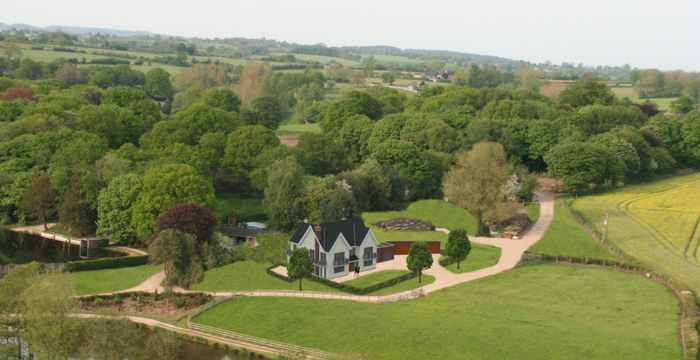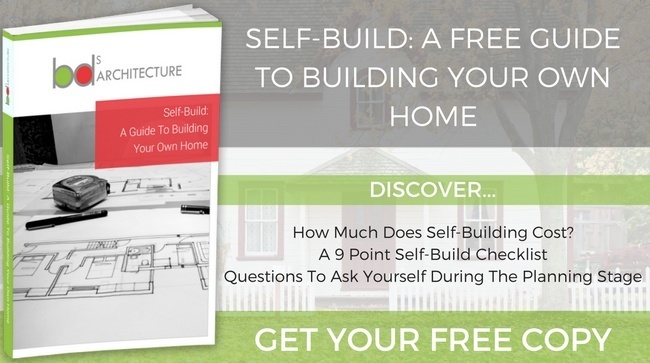
"The first writing of the human being was drawing, not writing." - Marjane Satrapi, French & Iranian Artist & Writer
Not so long ago, architects relied on cardboard, chipboard, foam core, museum board, basswood and more to create physical models of their proposed designs. While these were dramatic depictions, they were also costly and time-consuming to produce. Like so much else, computers and other advanced technology and software have helped architects communicate their designs directly to clients in fast and exciting new ways.
3D modelling has been used by architects for decades to improve the efficiency and aesthetic of their designs. CAD, or computer-aided design and drafting (CADD), replaces manual drafting with an automated process. The most popular 2D or 3D CAD software programmes include AutoCAD or AutoCAD LT, Tinkercad, Solidworks, FreeCAD and TurboCAD.
The right software in the hands of an experienced architectural designer can quite literally bring a design to life. Here is what you need to know about this exciting technology:
What If Scenarios
3D modelling enables architects to manipulate drawings and test "what if" scenarios within their designs and this, ultimately, saves much time and money because the testing and trials are performed via computer, not actual models. In addition, it's also much faster and easier to make changes to designs in the early stages than after the work is completed.

3D Is Fast
There is no dispute: 3D modelling provides a fast and accurate picture, constructing sites, structures and scenarios more quickly than any 2D or models ever could. 3D modelling ensures your architect can quickly interpret data the first time and then make quick and easy design changes to save costs for what used to be a laborious, costly and time-consuming task, via 2D.
Because of the accuracy and flexibility of 3D models, architects spend less time on the design stage of a given project, which translates to more time on the literal completion of each task.
Control & Precision
3D modelling also enables you to see how a design actually moves and how the individual components in an assembly interact with one another as the assembly moves. A 3D model provides designers with the proverbial heads-up for potential interference and other conflicts and provides less opportunity for error and easier corrections than in 2D renderings.






